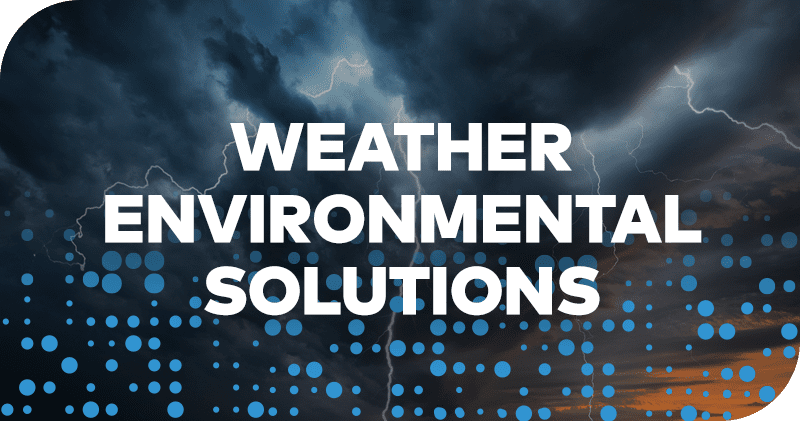Want to combat fuel demand uncertainty? Get granular.

It’s time for refiners to change over inventory to winter fuel, per U.S. Environmental Protection Agency (EPA) regulations. This biannual event is as regular and predictable as the calendar. But after 2020, it may well be the only thing predictable in the downstream fuel industry.
Hindsight is 20/20
At this time last year, we had no idea that COVID-19 could have this level of impact. At the time, it seemed like a problem for China or maybe Europe rather than the United States. Wholesalers switched to winter fuel, anticipating that demand would be normal or perhaps slightly less.
We know that’s not how it turned out. Demand cratered in the spring as the coronavirus spread and stay-at-home orders rapidly followed, reducing travel. While fuel demand recovered slightly during the summer months, COVID-19 cases increased in the fall, spurring a new wave of stay-at-home orders and demand challenges.
What will winter fuel demand look like after the Reid Vapor Pressure (RVP) transition? Read on to learn how wholesalers and terminal owners can prepare for this year’s kit change.
Looking at the year ahead
As vaccines are more widely distributed, we can expect an increase in demand as we return to more consistent travel patterns. That said, there is every indication that 2021 will not be significantly different from 2020 — at least for the first half of the year, perhaps longer.
In addition to understanding large-scale challenges, wholesalers and terminal owners must understand regional differences in markets. While Detroit and Chicago typically experience brutal winters, Detroit’s population is roughly a quarter of the Windy City’s (around 670,000 vs. 2.8 million people). Houston, with a population of 2.4 million, is on the scale of Chicago. However, its weather is considerably different. These two factors — population and weather — can greatly impact fuel demand.
Solving the demand equation
It’s well known that fuel marketers spend their working hours looking to solve the demand equation in the spot market. But what tools will separate the successful ones from the rest? Largely, a solution based on actual demand, not conjecture or estimates, will become the holy grail of data for fuel marketers. Fuel marketers want to gauge real-time terminal product movement; they want numbers that come directly from the where the product is being pumped.
For example, if you expect to sell 20,000 gallons a week, but suddenly it’s half that much, you’ll want to immediately know why. Is there a new COVID-19 mandate in your market? Not necessarily. The pandemic is a black swan event, but it’s not the only thing directly affecting demand. Blizzards, hurricanes, and other major storms cause adjustments in demand forecasting. And those differences don’t need to be large in number when we’re talking about orders for millions of gallons of product. Differences of 3-5% make a huge difference to your bottom line.
When accounting for all of these variables, what is a wholesaler to do? The answer is obvious: find demand exactly when and where it is happening.
Get granular fuel demand
At DTN, we deliver the level of data you need to make confident decisions about which orders your terminal should accept and which are less profitable. For decades, the downstream supply chain has relied on our carefully built and maintained network of data.
With our newest solution, Refined Fuels Demand, we go more granular than ever before, allowing fuel marketers to see where demand is increasing or decreasing on an incredibly local basis.
With its near real-time demand data, you can accurately determine the optimum time to refine your kit and have the right product available for the right buyer at the right time. You can avoid the need to suddenly discount in-stock product because demand didn’t meet your expectations.
With accurate and timely fuel demand data, you can check your fuel marketing execution according to plan each day, knowing for certain if you’re where you want to be or if you need to change positions.
In 2021, the most successful fuel marketers will be those able to immediately seize opportunities as soon as they see demand change in their targeted markets.
This time last year, the fuel industry didn’t know what to expect. In addition to trying to predict the effects of a global pandemic, the lack of specific data hamstrung many terminal owners’ responses. Now, downstream energy marketers can have hyper-accurate data at their fingertips that has never been available before. 2021 will be different, indeed.










 Comprehensive weather insights help safeguard your operations and drive confident decisions to make everyday mining operations as safe and efficient as possible.
Comprehensive weather insights help safeguard your operations and drive confident decisions to make everyday mining operations as safe and efficient as possible. Learn how to optimize operations with credible weather and environmental intelligence. From aviation safety to environmental compliance, our comprehensive suite of solutions delivers real-time insights, advanced forecasting, and precise monitoring capabilities.
Learn how to optimize operations with credible weather and environmental intelligence. From aviation safety to environmental compliance, our comprehensive suite of solutions delivers real-time insights, advanced forecasting, and precise monitoring capabilities.